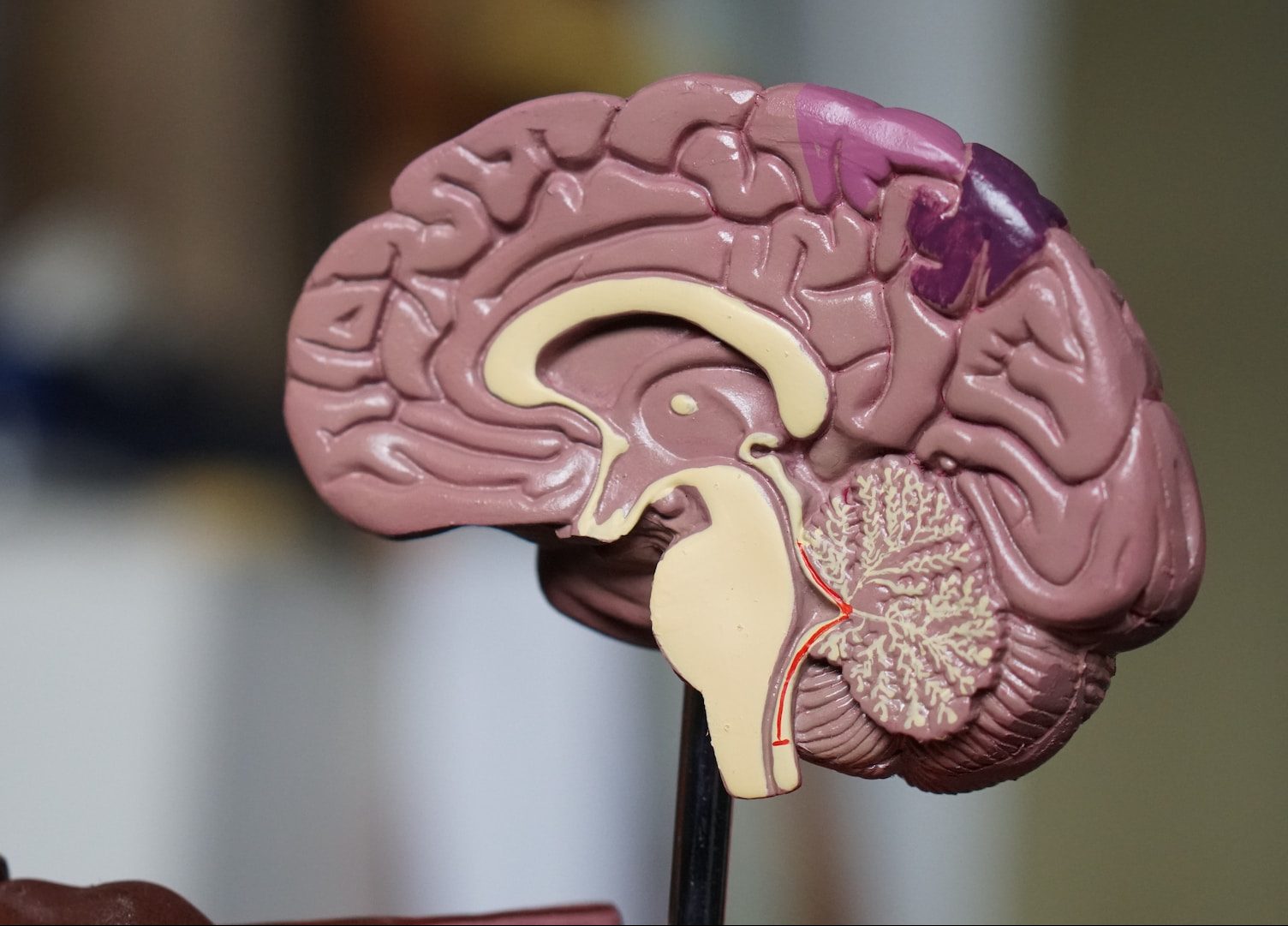The Government published its plan for mental health care in schools for 2019, but do the plans go far enough?
According to a report by The Times in 2017, Britain’s teenagers are the unhappiest in the world. One in ten children aged between five and sixteen are said to have mental health problems. Meanwhile, the NSPCC reported just this year that the number of schools seeking help from NHS mental health services has risen by a third — almost half of these from primary schools. So, it is a welcome relief that we are now starting to see some policy aimed at solving the young people’s mental health crisis.
Young people are under increasing pressure. Whether it be through the social pressure that comes with regular social media use, increasing stress caused by longer, more difficult exams, or the pain associated with long waiting times for mental health services, something needed to be done to make sure our children and young people are supported with their mental health.
The Health and Social Care secretary’s announcement, which states that from 2019 schools will trialling a mental health workforce in schools’ scheme, is welcome news. As is the July announcement that mental health education will become compulsory in schools from 2020. But some commentators and education specialists are worried that both don’t go far enough, especially as some schools are unlikely to see the benefits of both for the next two years.
To investigate, we’re going to look at what long term impact the mental health workforce in schools and colleges could have, as well as the new mental health education curriculum.






